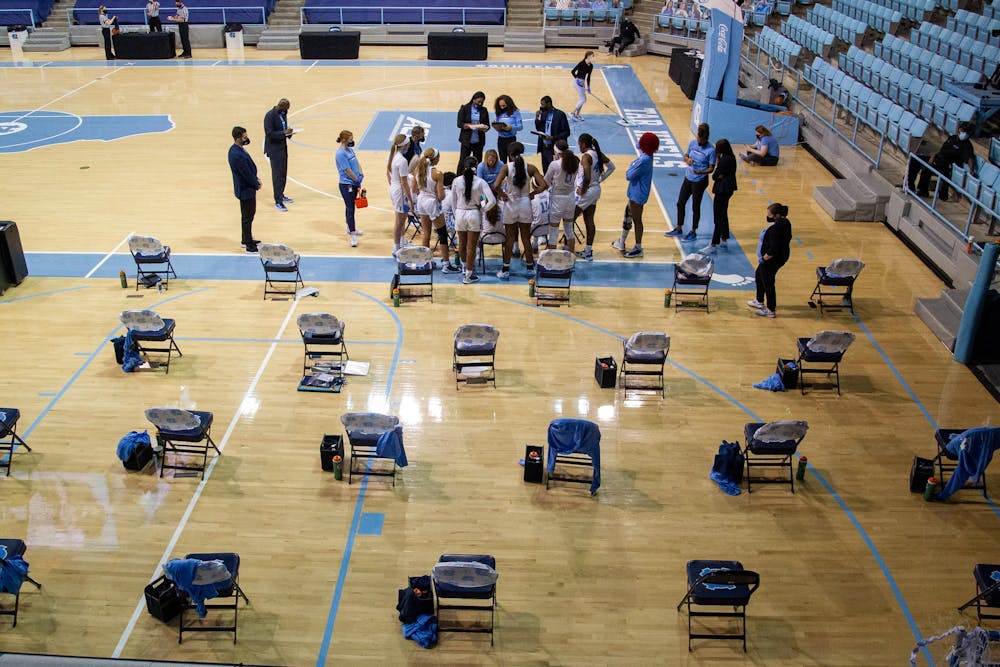Ah, here we are again — March is here, and with it comes the madness.
There are basketball games to watch on television at a seemingly endless pace, brackets to get angry over and friends at opposite schools to mock (or avoid).
Now, if your mind immediately shifted to thinking about the men’s tournament while listing those things, you and the NCAA might not be that different. The women’s tournament, happening at the exact same time, gets little to no press, bracket involvement or overall attention from the general public.
And this problem originates within the NCAA itself.
For some concrete examples, let's look at posts from the players on the inside. First: the weight rooms. In a video posted by a player of the Oregon women’s basketball team, Sedona Prince, you could see that the men's teams have a high-quality weight room, with pretty much everything a Division I basketball team could ask for.
However, on the women’s side of the weight room, there was only a set of dumbells and some yoga mats. Enough for a couples yoga weekend, but not even close to what is needed for D1 athletes playing in the biggest contest of their life up to this point.
After this first video went viral, the NCAA was quick to offer a response. Their excuse?
“The limited space.”
However, soon after, the NCAA quickly built a brand new weight area, massively expanding the size of the women’s workout area to match the men’s. So, this space constraint seems to be more of a public relations problem rather than an actual logistics problem.



